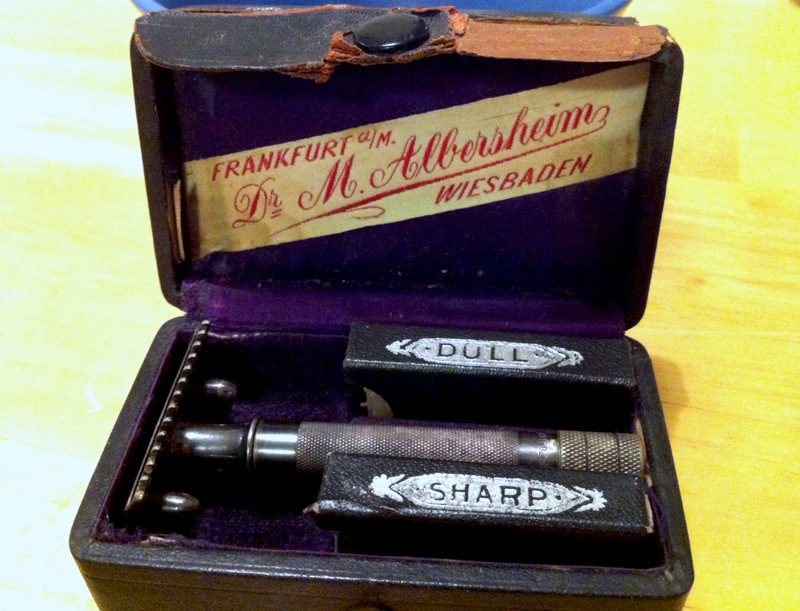Thanks for the link Porter.
That lead to this:
http://badgerandblade.com/vb/showth...had-to-have-it-1906-Gold-Engraved-Single-Ring
and then this:
http://badgerandblade.com/vb/showthread.php/119710-Fantastic-Old-Gillette-Razor-Set
and this:
http://badgerandblade.com/vb/showthread.php/79404-Different-British-Old-Style
This is really an information overload - I think my brain has shut down.
We are just getting started.....
 .............. i would contribute more, but i have a ill family member that need my attention as of late.
.............. i would contribute more, but i have a ill family member that need my attention as of late.


